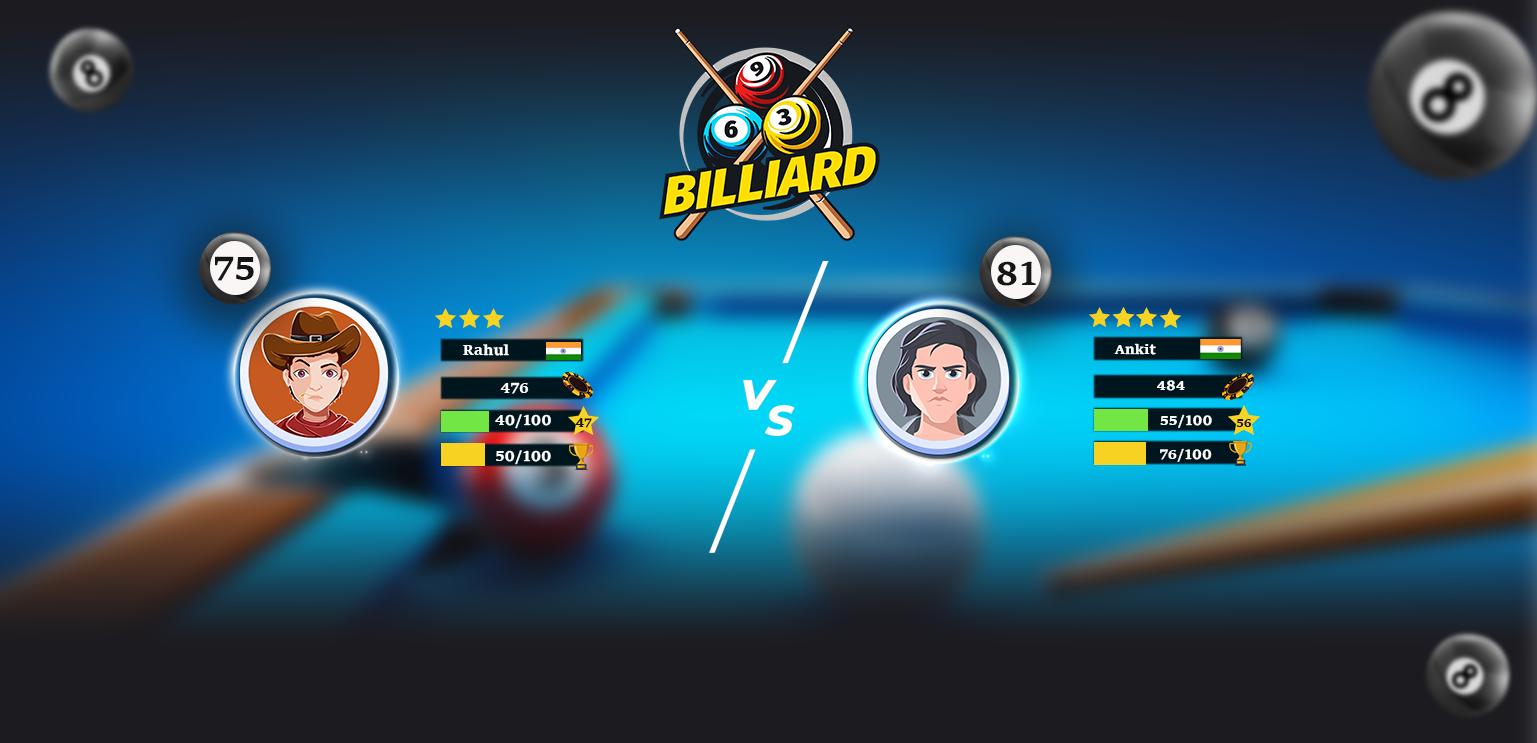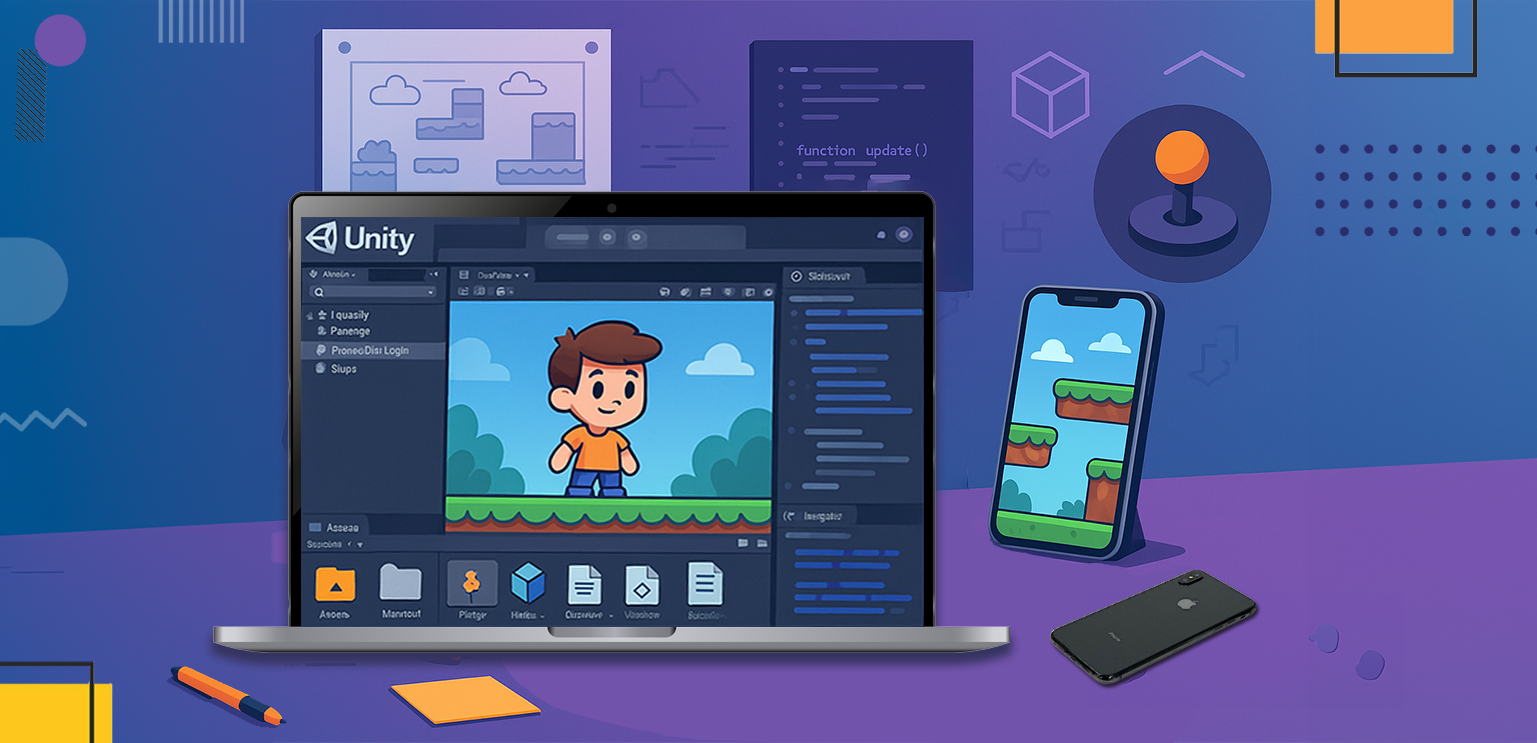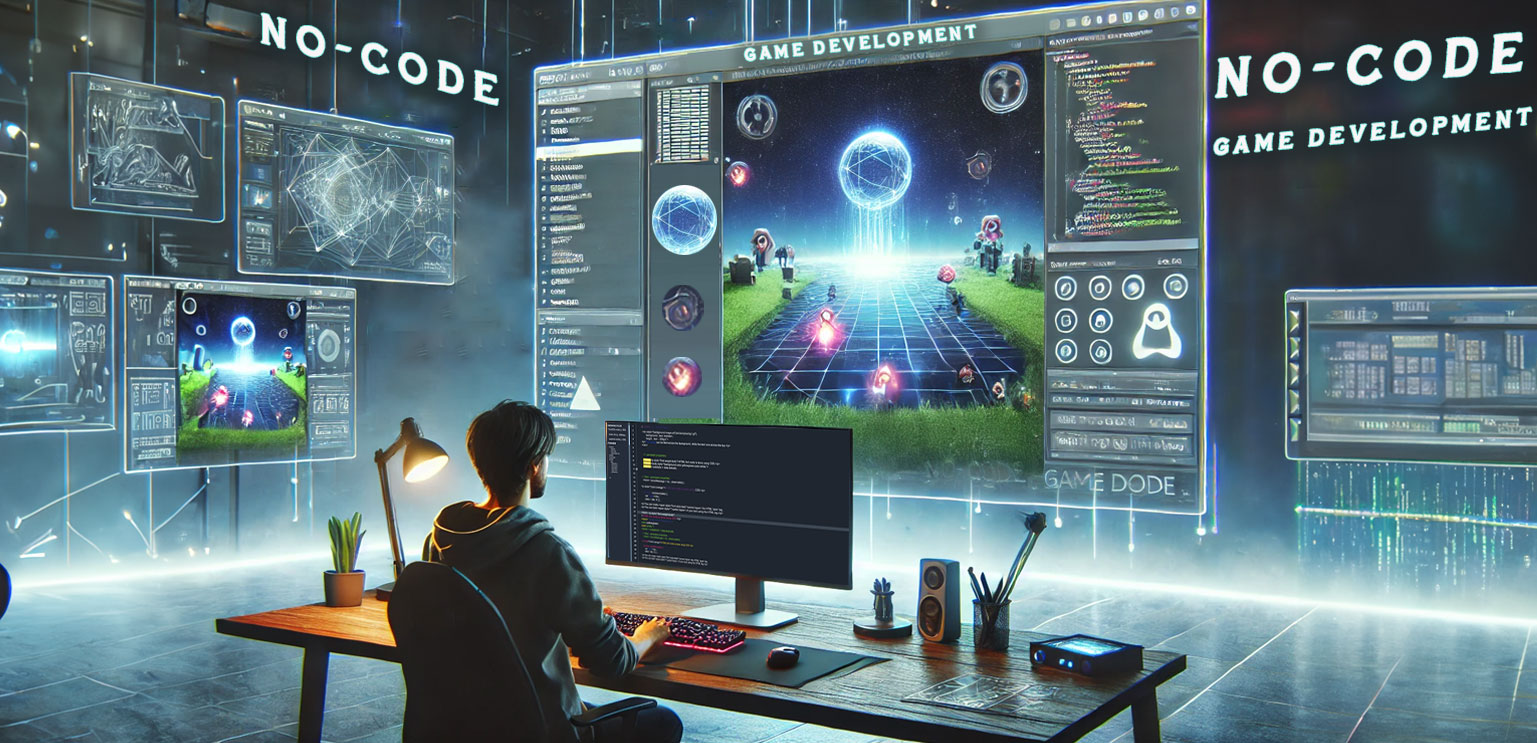How Matchmaking Algorithms Affect Player Retention
Matchmaking is the backbone of multiplayer gaming. Whether it’s an online casino game, a battle royale, or a competitive shooter, a well-designed matchmaking algorithm can make or break the player experience. But did you know that matchmaking directly impacts player retention? Let’s dive into how these algorithms work and why they are crucial for keeping players engaged.

🎮 The Role of Matchmaking in Player Engagement
At its core, matchmaking is about creating balanced, competitive, and enjoyable experiences. A good matchmaking system ensures that players are neither overwhelmed by stronger opponents nor bored by weaker ones. When players consistently feel challenged but not frustrated, they are more likely to keep playing.
Key Factors Considered in Matchmaking Algorithms:
- 🏆 Skill-Based Matchmaking (SBMM)
Matches players with opponents of similar skill levels. - 📶 Connection Quality
Ensures low latency for smoother gameplay. - 🚨 Player Behavior Tracking
Monitors toxic behavior and adjusts matchmaking accordingly. - ⏳ Engagement Optimization
Tweaks matchmaking to keep players in the game longer.
🔄 How Matchmaking Affects Player Retention
1️⃣ Fair Play Keeps Players Hooked
Nobody enjoys feeling outmatched all the time. A well-balanced game keeps both casual and hardcore players engaged. If matchmaking is unfair, players are more likely to quit out of frustration or boredom.
2️⃣ Reducing Wait Times Enhances Experience
Long wait times between matches can lead to player drop-off. Efficient algorithms find the right balance between match quality and speed, keeping the action going and players satisfied.
3️⃣ Encouraging a Sense of Progression
Smart matchmaking systems create a natural difficulty curve. Players should feel like they are improving over time, climbing ranks, and unlocking achievements without facing impossible challenges too soon.
4️⃣ Fostering a Social Connection
Many matchmaking systems prioritize team-building by pairing compatible playstyles and even suggesting friends. Strong social connections within a game significantly increase retention rates.
5️⃣ Preventing Burnout and Frustration
Too many difficult matches can exhaust players, while too many easy wins can make the game feel stale. Adaptive matchmaking adjusts difficulty dynamically to keep engagement levels optimal.
⚖️ Finding the Right Balance
While matchmaking is crucial for retention, bad implementations can drive players away. Overly strict SBMM can make games feel too competitive, while loose matchmaking can lead to unbalanced matches. The key is adaptive matchmaking—a system that evolves based on player feedback and behavior.
🤖 The Future of Matchmaking
With AI and machine learning, matchmaking is becoming more advanced. AI-driven matchmaking can:
- 🔍 Predict player preferences
- 📊 Detect skill improvements faster
- 🎮 Create personalized gaming experiences
The future of gaming lies in systems that adapt to player behavior in real time, ensuring every match is fun and engaging.
🎯 Conclusion
Matchmaking algorithms play a vital role in player retention by ensuring fair play, quick match times, and a balanced challenge. For game developers, investing in smart matchmaking means happier players, longer engagement, and a stronger community.
At Gamix Labs, we understand the importance of player experience and leverage cutting-edge solutions to optimize matchmaking for casino and slot games, ensuring that players keep coming back for more.
🚀 Optimize Your Matchmaking with Gamix Labs!
Looking to improve matchmaking algorithms for your game?
Gamix Labs offers expert game development and data-driven matchmaking solutions. Contact us today!








